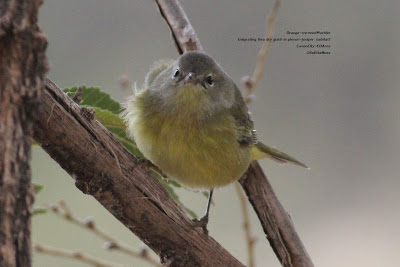Excellent discussion of bird photography etiquette
"If you have worked hard to get close to a great subject or a flock of birds—remember that working the edge of a flock is usually best, be sure to exit as carefully as you approached so that you do not disturb the birds. And that is true whether you are by yourself or with a large group. I have on countless occasions seen a selfish photographer who is finished working a bird or a group of birds simply stand up when they were done thus flushing the bird(s). That is like saying, “I am done and I do not care at all about you or the birds…” ' I,too, have seen many photographers and birders do this. This was written by the famous photographer Arthur Morris and is part of larger treatise 'Field Etiquette for Nature Photographers' on the BirdPhotographers.net website. SeEtta



